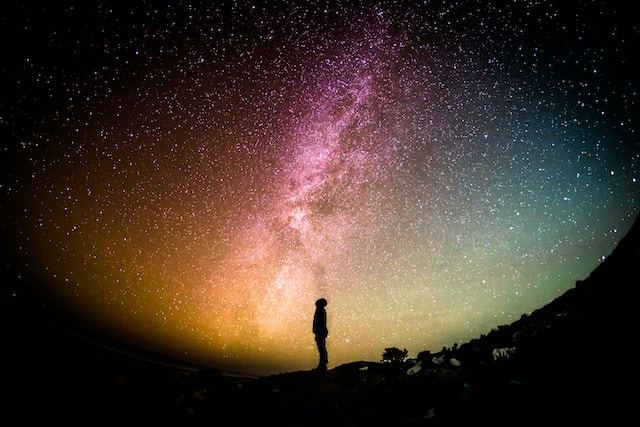Is it possible that a new law of physics could provide evidence for the idea that our reality is a computer simulation?

Physicist Dr. Melvin Vopson from the University of Portsmouth in the UK has recently discovered a new law of physics, called the Second Law of Infodynamics. This discovery could have significant implications for various scientific disciplines, including genetics, atomic physics, and cosmology.
The Second Law of Infodynamics could support the simulated universe hypothesis, which suggests that the human experience is similar to a computer simulation. Furthermore, it could confirm the Mass-Energy-Information Equivalence Principle, which posits that information is a physical entity that is equivalent to mass and energy.
This hypothesis is popular among well-known figures like Elon Musk and within the scientific field of information physics, which hypothesizes that physical reality is fundamentally composed of bits of information. In the past, Dr. Vopson has published research indicating that information has mass and that all elementary particles, which are the smallest known building blocks of the universe, contain information about themselves, similar to how humans have DNA.
Dr. Vopson had initially expected that the entropy in information systems would increase over time. However, upon examining the evolution of these systems, he realized that the entropy remains constant or even decreases. This led him to establish the second law of information dynamics, also known as infodynamics. This law could have significant implications for genetics research and evolution theory.
Dr. Vopson, a member of the University’s School of Mathematics and Physics, stated that he realized the far-reaching implications his revelation had across various scientific disciplines. He wanted to put his law to the test to see if it could further support the simulation hypothesis by moving it from the philosophical realm to mainstream science.
The paper presents key findings in three different areas: Biological Systems, Atomic Physics, and Cosmology.
In Biological Systems, the paper challenges the conventional understanding of genetic mutations, suggesting that they follow a pattern governed by information entropy. This discovery has profound implications for fields such as genetic research, evolutionary biology, genetic therapies, pharmacology, virology, and pandemic monitoring.
In Atomic Physics, the paper explains the behavior of electrons in multi-electron atoms, providing insights into phenomena like Hund's rule. According to the rule, the term with maximum multiplicity lies lowest in energy. Electrons arrange themselves in a way that minimizes their information entropy, shedding light on atomic physics and the stability of chemicals.
In Cosmology, the second law of infodynamics is shown to be a cosmological necessity. This is supported by thermodynamic considerations applied to an adiabatically expanding universe.
Dr Vopson, the author of the paper, explains that the prevalence of symmetry in the universe is because high symmetry corresponds to the lowest information entropy state. This potentially explains nature's inclination towards symmetry.
Dr Vopson’s previous research suggests that information is the fundamental building block of the universe and has physical mass. He even claims that information could be the elusive dark matter that makes up almost a third of the universe, which he calls the mass-energy-information equivalence principle.
The paper argues that the second law of infodynamics lends support to this principle, potentially validating the idea that information is a physical entity, equivalent to mass and energy.
“The next steps to complete these studies require empirical testing”, added Dr. Vopson.
“One possible route would be my experiment devised last year to confirm the fifth state of matter in the universe - and change physics as we know it – using particle-antiparticle collisions."

 How to resolve AdBlock issue?
How to resolve AdBlock issue?